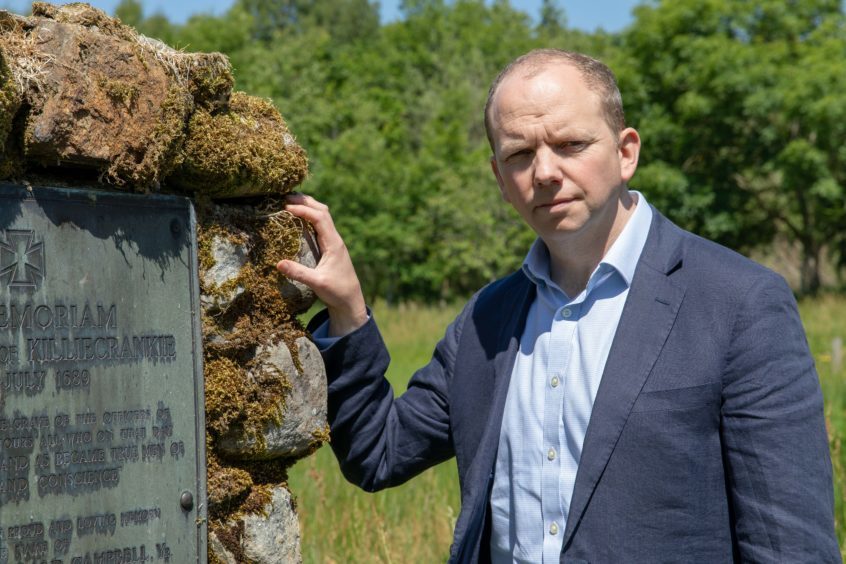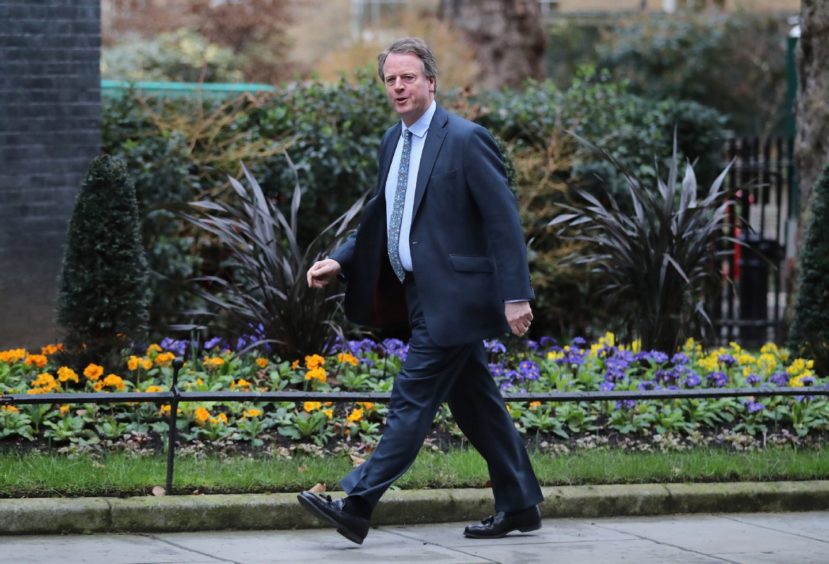Nearly 900,000 jobs across Scotland have been safeguarded by the furlough scheme and support for the self-employed during the coronavirus pandemic, according to new UK Government figures.
Statistics show the Coronavirus Job Retention Scheme furloughed 736,500 Scottish workers up to the end of June – 29.8% of all eligible jobs.
The scheme currently pays 80% of furloughed employees’ wages, up to £2,500 a month, although the chancellor, Rishi Sunak, has announced plans to reduce UK Government contributions from August and end the scheme in October.
Another 155,000 claims have been made to the scheme supporting self-employed workers, and it has paid out £449 million in Scotland.
An estimated 75% of eligible self-employed Scottish workers have applied for the financial support, with an average claim of £2,900.
The figures, broken down by local authority area, show the Highlands had the highest percentage of furloughed jobs in Scotland, at 34%. The region saw 36,000 people apply for support against a total of 108,500 eligible jobs.
Perth and Kinross was the second highest at 33% – a total of 22,200 jobs, while Na h-Eileanan Siar had the lowest proportion in Scotland, at 23%.
Some 28% of workers in Dundee took up the offer, while the figure stood at 29% for Angus, 28% for Fife, 27% for Aberdeenshire, 30% for Aberdeen and 31% for Moray.
Scottish Conservative finance spokesman Donald Cameron, an MSP for the Highlands and Islands, hailed the level of support but warned much more needs to be done.
He said: “The Covid-19 pandemic delivered an unprecedented shock to businesses across the length and breadth of our region and many desperately needed immediate help to keep afloat.
“The UK Government response has been extraordinary in its scale and speed, made possible by having the resources of the sixth largest economy in the world.
“It’s been an impressive start, and the priority of the UK and Scottish governments should be to work together to assist our businesses and the thousands of self-employed people who have needed help to get back on their feet and get our economy moving again.”
Scottish Secretary Alister Jack said: “The UK Government has supported almost 900,000 jobs in Scotland so far through our unprecedented package of UK-wide coronavirus assistance.
“People and businesses in Scotland also continue to benefit from UK-wide schemes such as VAT deferral, company loans and Universal Credit.
“This is in addition to the extra £4.6 billion allocated to the Scottish Government for coronavirus funding through the Barnett formula.
“As shown by the chancellor’s ‘Plan for Jobs’, the UK Government continues to do whatever it takes to get Scotland, and the whole of the UK, through the coronavirus pandemic and ensure our economy can get back on track.”
At the Scottish Government’s coronavirus briefing on Wednesday, Scotland’s economy secretary Fiona Hyslop said she will “continue to press” the chancellor to carry on with the furlough scheme for some parts of the economy.
Ms Hyslop said: “While we are seeing people return to work as the economy reopens, figures published today show that 29.8% of Scottish workers have been furloughed.
“So we would ask again that the chancellor considers extending the job retention scheme, particularly for sectors especially hard hit by the pandemic or those unlikely to recover quickly.
“It is only fair that these businesses are supported when they’ve had to close through no fault of their own, and have undoubtedly helped save lives as a result.”


